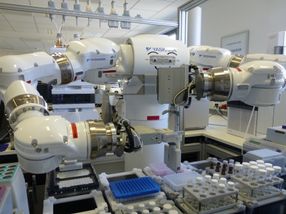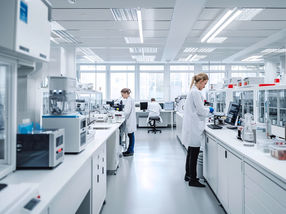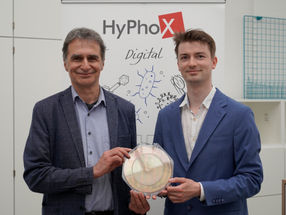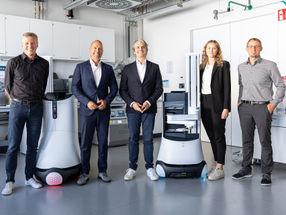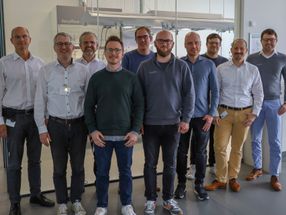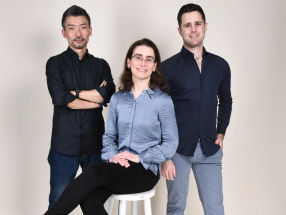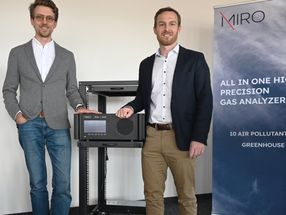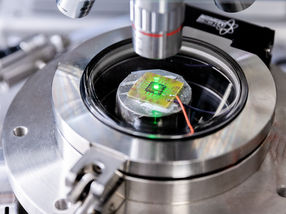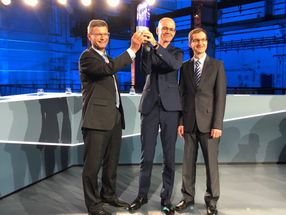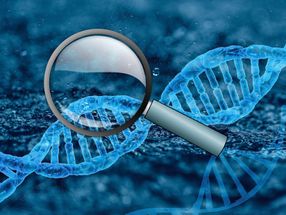Structure of Human Cytochrome P450 2D6 solved by GlaxoSmithKline with the use of Fludigm Technology
The TOPAZ® system for protein crystallization was instrumental in helping GlaxoSmithKline (GSK) solve the structure of cytochrome P450 2D6, an Enzyme important in the metabolism of a wide variety of drugs. TOPAZ crystallization chips were used to identify positive conditions for crystallization and subsequently to grow P450 2D6 crystals sufficiently large and well ordered for structural analysis. The research was conducted by the GSK Discovery Research Group in Harlow, UK, and the findings are presented in the Journal of Biological chemistry.
For this protein target, conventional microplate crystallization trials failed to yield crystals suitable for an X-ray crystal structure determination, according to Paul Rowland, Investigator, Structural Sciences at GSK. Consequently, the team turned to TOPAZ preparative chips to further explore crystallisation conditions and to scale up those which appeared promising. In the paper Rowland et al. describe the procedure whereby crystals were grown and harvested from the TOPAZ chips and then used to solve the protein structure.
The P450 2D6 structure is a milestone in ongoing work to determine the structures of various bound substrates and inhibitors related to ligand recognition and specificity in human cytochrome systems. A relatively large number of genetic polymorphisms have been described for 2D6, some of which are markers for rapid, or conversely, very poor metabolism. A deeper understanding of these polymorphisms as facilitated by 3-dimensional structural considerations may lead to safer, more efficacious drugs. The publication of the P450 2D6 structure attests to the value of a long-standing collaboration between GSK and Fluidigm to integrate TOPAZ technology into the drug discovery process.
Topics
Organizations
Other news from the department research and development

Get the analytics and lab tech industry in your inbox
From now on, don't miss a thing: Our newsletter for analytics and lab technology brings you up to date every Tuesday. The latest industry news, product highlights and innovations - compact and easy to understand in your inbox. Researched by us so you don't have to.
